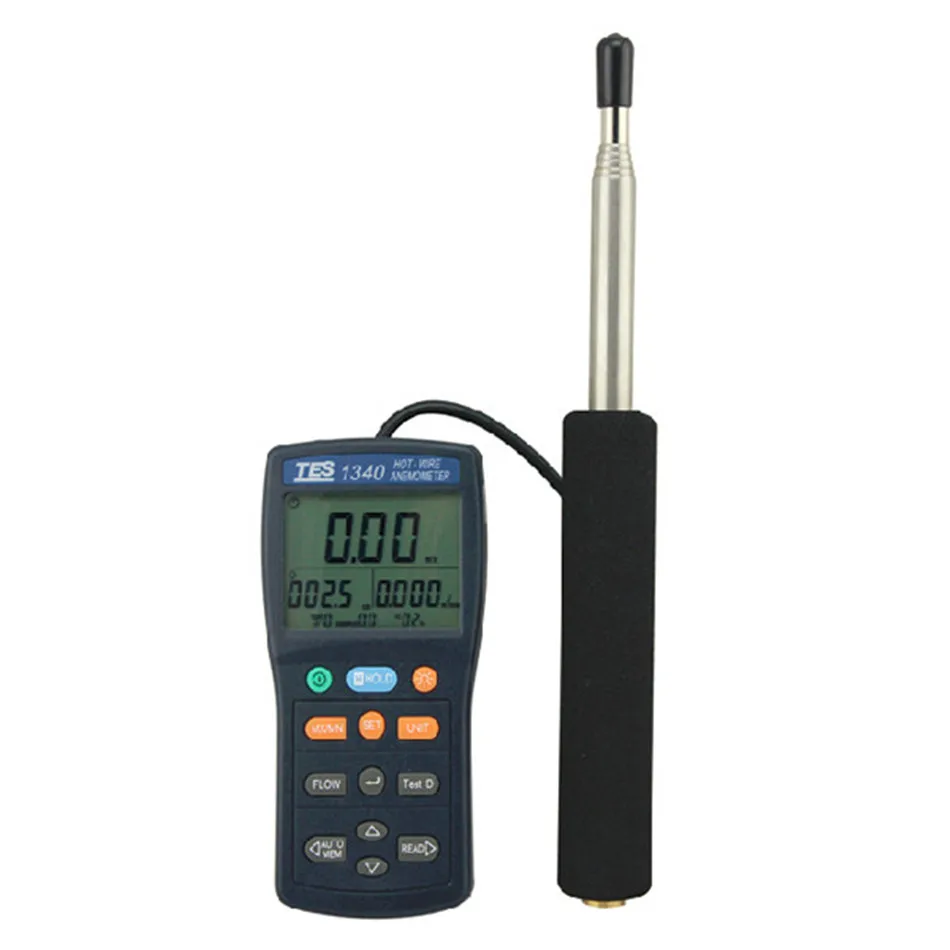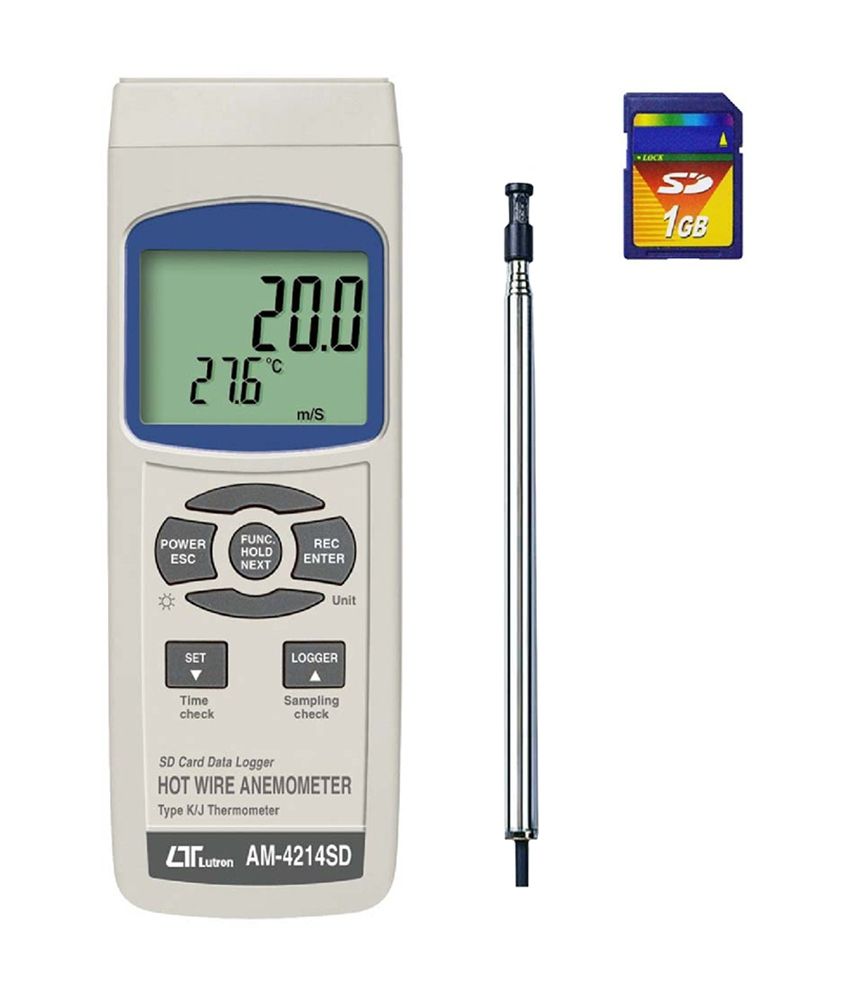
"Comparative Measurements in Ma=2.54 Flow using Constant-Temperature and Constant-Voltage Anemometry," AIAA Journal 43(5), pp."Control of the dynamic non-linearity in a Constant Voltage Anemometer," 58th Annual Meeting of the Division on Fluid Dynamics, Chicago, IL, Nov.The HW-CVA performs equally well in laboratory and flight conditions. The HW-CVA has been independently tested and compared in numerous wind tunnel and flight tests in North America and Europe. Virtually unaffected by EMI/RFI, cable capacitance and inductance effects.High-sensitivity, ultra-low noise circuit.Long probe length (up to 100m) without deterioration of frequency response.Circuit stability ensured regardless of probe cable length.In-situ temperature compensation without an auxilliary probe.Operates with wide variety of commercial probes and geometries.High frequency response (> 450 kHz, no tuning required).Measurement of very low turbulence intensities.


Measurement of transitional and turbulent boundary layers.Measurement of high-speed compressible turbulent flows.Measurement of rapid velocity and temperature fluctuations.Accurate measurement of one, two and three components of velocity.Velocity and turbulence measurement using single or multiple sensors in isothermal and non-isothermal flow.In addition, several relevant publications listed below describe applications in a variety of flow conditions and facilities around the world. For more information on how the CVA is used in practice, refer to the Technical Note. The HW-CVA currently comes in a four-channel configuration, however could be custom-configured with respect to (1) number of channels, (2) form factor, and (3) flight ruggedization. Because of its high frequency response and ultralow noise characteristics, the CVA is especially suitable for turbulent flows with large frequency content and/or low turbulent intensity.įor product information, see the Product Information Sheet. The CVA principle of operation allows for an almost constant bandwidth operation even when the flow and sensor conditions are varied.

Film and wire sensors can both be operated with similar frequency response without retuning. Maximum performance is assured with changes in probes, probe supports, and even sensor types. It enables the real-time measurement of velocity and temperature fluctuations in air and gases without the need for difficult adjustments to tune its frequency response. The Hot-Wire Constant Voltage Anemometer (HW-CVA) is a new type of hot-wire anemometer specifically designed for high-performance flow measurements.


 0 kommentar(er)
0 kommentar(er)
